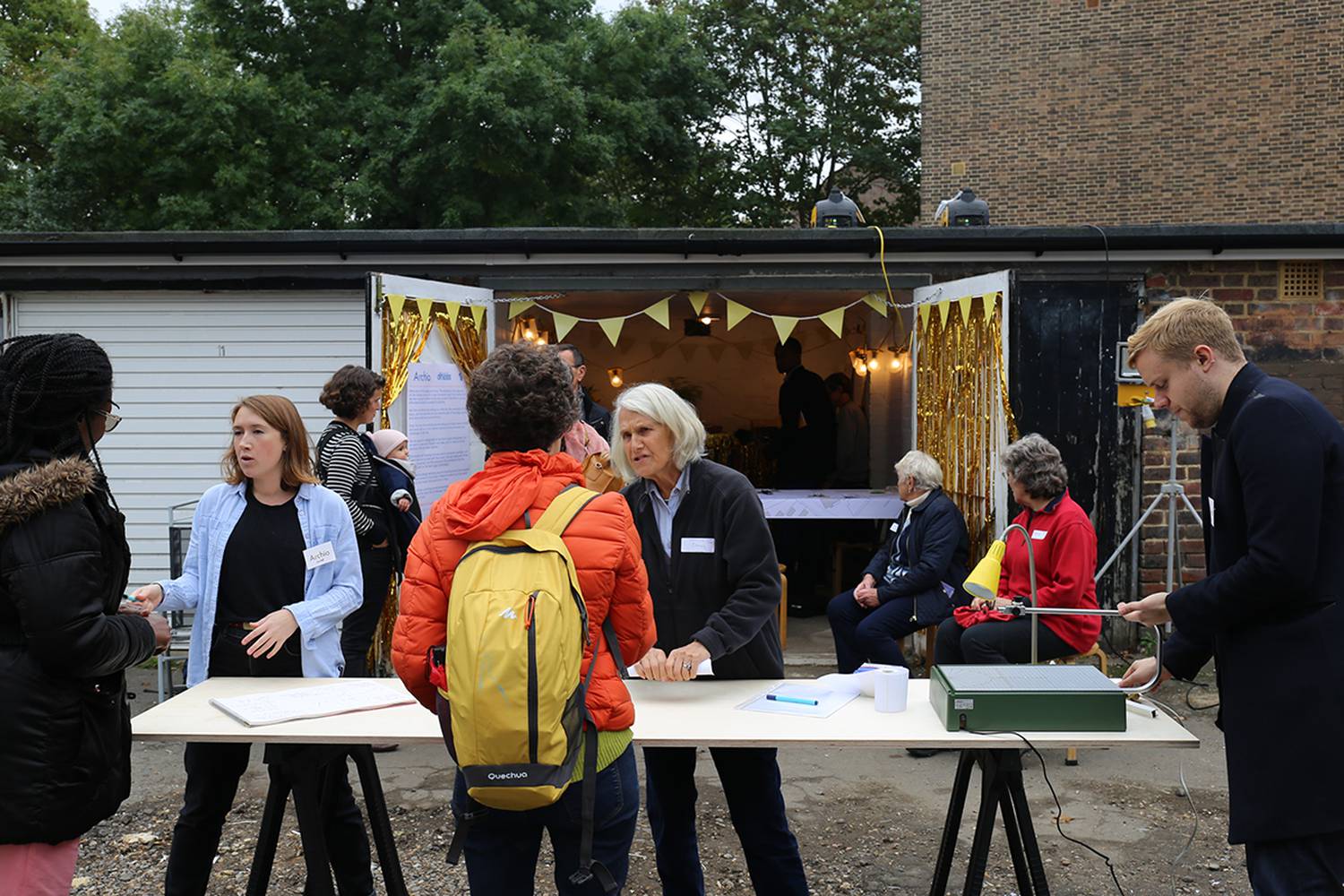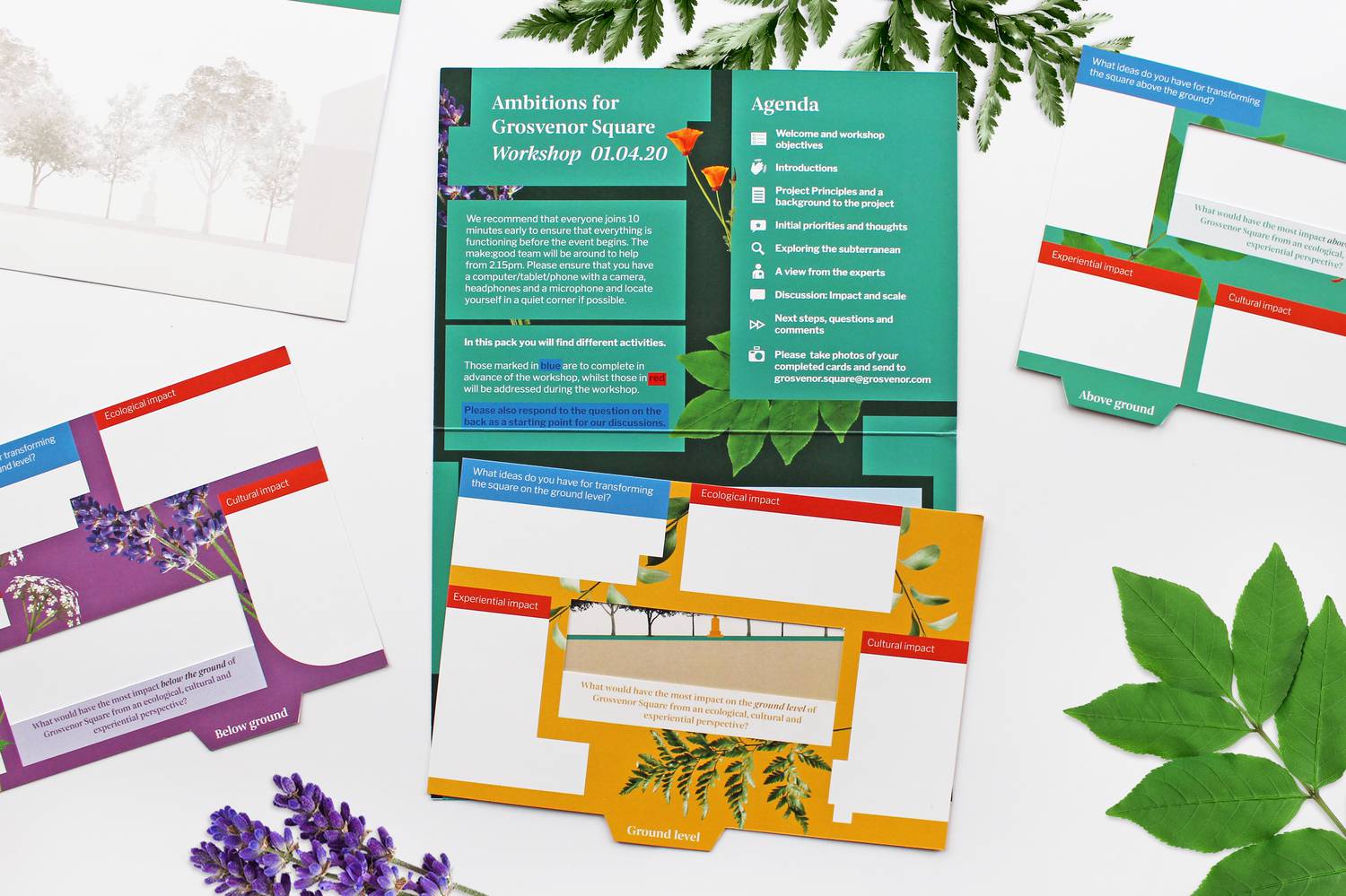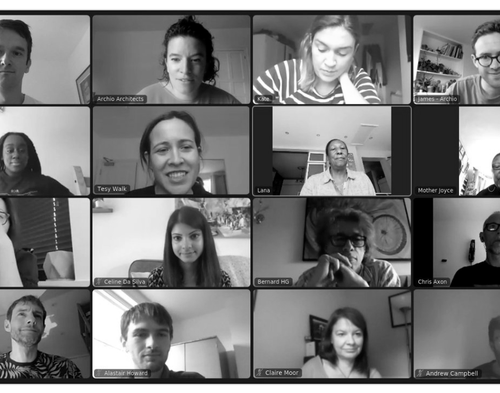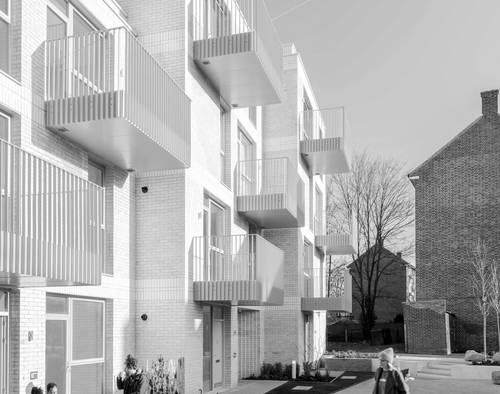The coronavirus pandemic offers a testing bed for engaging communities online
June 2020
By Kate Ridgway
By using this time to create new digital approaches, we can broaden our outreach to the evolved communities of the future.
Article originally published in the Architects' Journal, June 2020.
Two weeks before the beginnings of isolation, when nationwide ‘WFH’ still seemed an unfathomable prospect, my Archio colleagues and I were pitching a bid for a community housing scheme in south London. During the pitch we were discussing the engagement process in depth; our experience in creating bespoke strategies including design workshops and resident meetings. We see these as imperative to community-responsive design.
At the end of March, we heard that our bid had been successful. Exciting news, yet in the interim our world had changed considerably. By this point we were all adapting to office life at the kitchen table with ‘good morning’ meetings over video conferencing. How could we start a community-led project in the depths of a global pandemic?
This has been a question posed by many engagement practitioners over the past few months; should we put our name badges and Post-it notes away until the storm has passed, or do we persevere with new digital techniques? Although undoubtedly there are issues with a purely digital approach, such as digital literacy and income inequality, to abandon hope in these turbulent times seems a little defeatist. Does Covid-19 not give us an opportunity to test new methods to connect with communities from a distance?
Since lockdown began, we have become more digitally literate than ever as we punctuate our days with video calls to friends, family and colleagues. Yet in parallel, we are more rooted in our localities than we have been for more than half a century. As a result, communities are redefining how they relate to their neighbourhood, exploring its far reaches in their daily exercise and fostering neighbourly support. A new state of community inter-reliance is manifesting, which is hugely exciting for what our post-pandemic future may hold.
Although we are facing a time of considerable hardship and economic uncertainty, we can make the most of what appears to be fertile ground for community engagement to flourish. The past few months have seen the creation of exciting new digital platforms such as Participatory City’s ‘Every One. Every Day.’ which enables residents to communicate and organise virtual events and socially distant activities. Many approaches combine digital and analogue methods, using community noticeboards or postal activities to reach a wide demographic before introducing a digital platform. Make:good’s Grosvenor Square postal consultation packs are a good example of this (pictured above), offering an analogue method of outreach to then promote a digital engagement event.
There will inevitably be holes in these new methods, but we should use this period as a testbed for new techniques, critiquing and adapting along the way. Although we view our usual face-to-face processes as democratic, they are not without fault. A typical consultation attracts a predominantly older audience. By incorporating a multi-pronged approach, a holistic understanding of the community can be determined, as different demographics respond to the various methods.
We do not know how long this pandemic and the required social distancing will last, but it does seem increasingly likely that once over, our concept of what community means will have a strikingly new face. By using this time to innovate new approaches that operate on both analogue and digital platforms, we can continue to support communities now, while also broadening our outreach to the evolved communities of the future.





